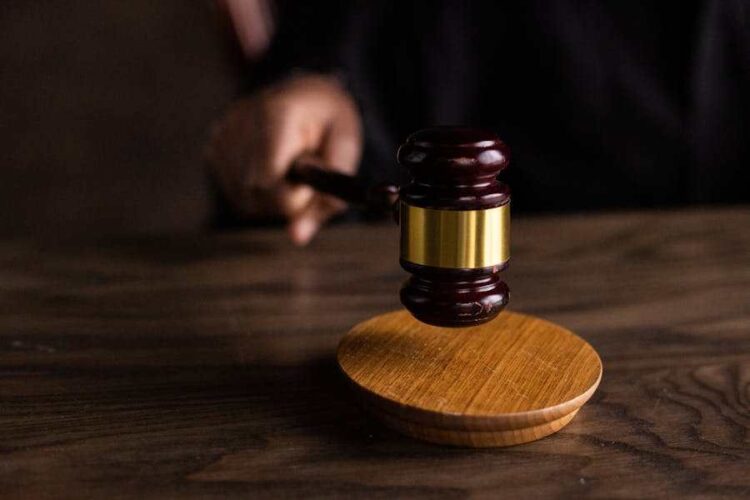As with any on-trend product with wellness claims attached, the increase in demand for probiotic supplements has ushered in a wave of scrutiny from regulators, aiming to ensure safety and efficacy for consumers. This surge brings with it a complex matrix of compliance requirements.
With the health of millions at stake, understanding the nuanced dynamics between regulation and innovation becomes crucial. How do these evolving standards shape the sector, and what does this mean for manufacturers seeking to balance rigorous compliance without stifling product development? Let’s unfold these legal intricacies together.
The Regulatory Chessboard: Positioning Probiotics On The Market
In the United States, the Food and Drug Administration (FDA) serves as the gatekeeper to the market for probiotic products, determining which regulatory path each must follow. Predominantly, probiotics targeted at women find themselves classified as dietary supplements, offering some latitude in market entry.
Unlike drugs, which demand rigorous FDA approval pre-marketing, these supplements enjoy relative freedom with upfront requirements. Although they can claim to bolster body functions or contribute to overall well-being, a clear line is drawn at disease prevention discourse without the FDA’s express sanction.
In contrast, products that tread into treatment territory face a gauntlet of clinical trials to substantiate safety and efficacy claims — only then can they join the ranks of approved drugs. This dichotomy between supplement flexibility and drug stringency shapes not just regulatory compliance but also strategic positioning within the industry.
Cultivating Demand: Surging Popularity Of Probiotics
The trajectory of probiotics recommended for women has arched steeply upward over the past decade. Data from the National Health Interview Survey (NHIS) showcased that approximately 4 million U.S. adults had integrated probiotics or prebiotics into their regimen over a 30-day period. Standing tall as the third most popular dietary supplement beyond vitamins and minerals, these figures reflect not only a trend but an awakening to gut health’s centrality to overall wellness.
This popularity brings implications for industry players: a demand-driven push towards product innovation and diligent compliance navigates alongside heightened expectations for efficacy. Probiotic supplements geared toward women have become more than just products; they are viewed as essential tools in personal health optimization strategies.
There’s also a counterpoint to mention in the form of the risks they pose to very young children, specifically infants. The FDA has issued guidance regarding the chances of probiotics being dangerous to this small but especially vulnerable niche, meaning both healthcare providers and consumers have to be aware of the fringe cases in which consumption can have negative repercussions.
Compliance Quandary: Sidestepping Regulatory Backlash
In the wake of probiotics’ rising star, manufacturers are tasked with a critical mission: ensuring their offerings comply with regulatory standards while simultaneously meeting consumer expectations for quality and benefit. This balancing act is not merely about staying within legal parameters; it’s about respect for consumer trust and the unspoken contract of delivering promises made on product labels.
This commitment to compliance becomes increasingly complex as the lines between dietary supplements and pharmaceuticals blur in consumers’ eyes. Companies must adhere to Good Manufacturing Practices (GMP) set forth by regulators, which dictate stringent protocols around product purity, strength, and composition. The necessity for scrupulous testing and documentation underscores a culture of accountability that permeates the entire supply chain.
During this process, firms grapple with potential constraints on innovation as they navigate regulatory channels. This often translates into strategic patience; taking the time to diligently research and develop products that can withstand both market demands and regulatory scrutiny. It’s a delicate dance where one misstep could lead to setbacks—not just in terms of financial penalties and the potential for class action suits being filed, but also in eroding consumer confidence.
Final Thoughts
There’s always a dynamic interplay between regulation and market forces, with probiotic supplements for women being no different in this regard. Guided by precision and foresight, the players who master this game will thrive, fostering a future where consumer health and industry vigor coalesce into a symbiotic pinnacle of well-being.









